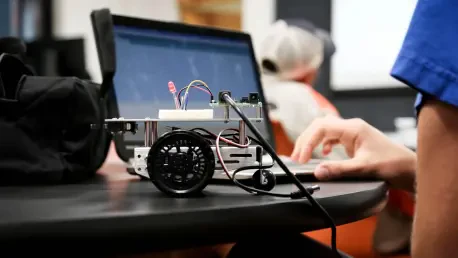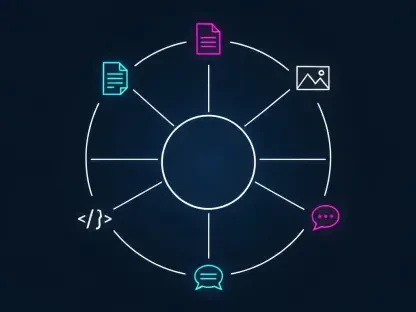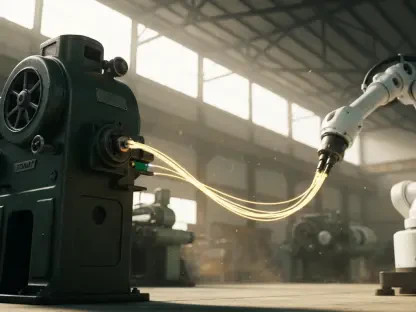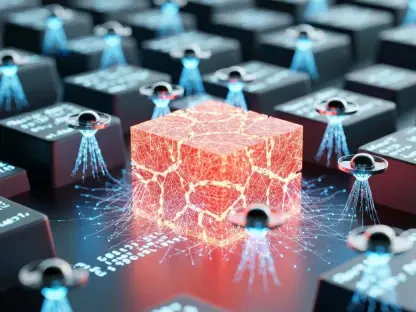An astonishing innovation in robotics is taking shape as scientists draw inspiration from the natural world. Combining grace and power, the elephant’s trunk provides a remarkable model for a new era of robotic manipulation, especially in environments previously inaccessible to traditional machines. Could this marvel pave the way for a future where robots perform complex aerial tasks with unprecedented efficiency?
Unlocking the Mysteries of Aerial Robotics
The Aerial Elephant Trunk (AET), a cutting-edge development in aerial robotics, is changing the landscape of robotic manipulation. At the core of its innovative design is the ability to overcome one of the biggest challenges faced by conventional aerial manipulators—balancing payload capacity while maintaining high dexterity. This technological leap opens doors to possibilities in fields such as disaster response and infrastructure maintenance, where precision and flexibility are non-negotiable.
Meets Aerial Challenges Head On
In recent years, limitations in conventional drone technology have been a stumbling block for industries that rely on aerial interventions. Accessing confined and cluttered spaces, such as pipelines or disaster sites, demands exceptional maneuverability. The AET, with its groundbreaking design, offers a solution. By emulating the elephant’s trunk, this aerial manipulator can seamlessly morph its shape to adapt to varying tasks, truly revolutionizing how aerial robotics is applied in real-world scenarios.
Emerging industries at the forefront of technology are now poised to benefit from these advancements. The advent of the low-altitude economy promises not only new sectors but also a shift toward using drones for the maintenance of high-voltage power lines, cross-sea bridges, and other critical infrastructures. With its unique capabilities, the AET is setting the stage for more intricate mid-air tasks, pioneering efforts to extend the reach of aerial robotics.
Insights from the Innovative Minds Behind AET
Professor Peng Lu, leading this revolutionary project at the University of Hong Kong, and his team have shared numerous insights during discussions on the subject. Their pioneering research, recently published in Nature Communications, highlights the profound adaptability of robotic technologies. The AET’s development involved thoughtful design and robust engineering, reflecting a deep understanding of both robotic dexterity and the intricacies of real-world challenges.
Engineers involved in the project often describe their work as transformative. They recount the challenging yet rewarding process of designing a manipulator capable of performing precise tasks within tight constraints. This first-hand experience underlines the crucial nature of adaptable technologies and their potential to reshape industries dependent on robotic manipulation.
Expanding Horizons: Practical Implications and Future Vision
AET’s practical implications are widespread, signaling a new phase in aerial technology’s industrial implementation. Current strategies aim to integrate these manipulators across various sectors, including emergency rescue, energy infrastructure, and coastal operations, to maximize their potential. The framework laid out by this innovation inspires continual improvement and future advancements in aerial robotics.
The future looks brighter with the potential AET brings, suggesting a shift beyond traditional methods and fostering innovation in automated tasks. Encouraging industries to explore these adaptable systems reflects a move toward increased efficiency and capability in complex environmental manipulations.
Charting the Course for Robotic Innovation
As industries continue to harness the potential of the Aerial Elephant Trunk, the results have shown a significant shift in robotic applications. These dexterous manipulators have already begun transforming sectors that require precision and adaptability, such as infrastructure maintenance and disaster response. The call to action now emphasizes continued exploration of these technologies to broaden their impact in the coming years. Embracing such innovations presents a compelling opportunity to lead in the ever-evolving world of robotic manipulation.









